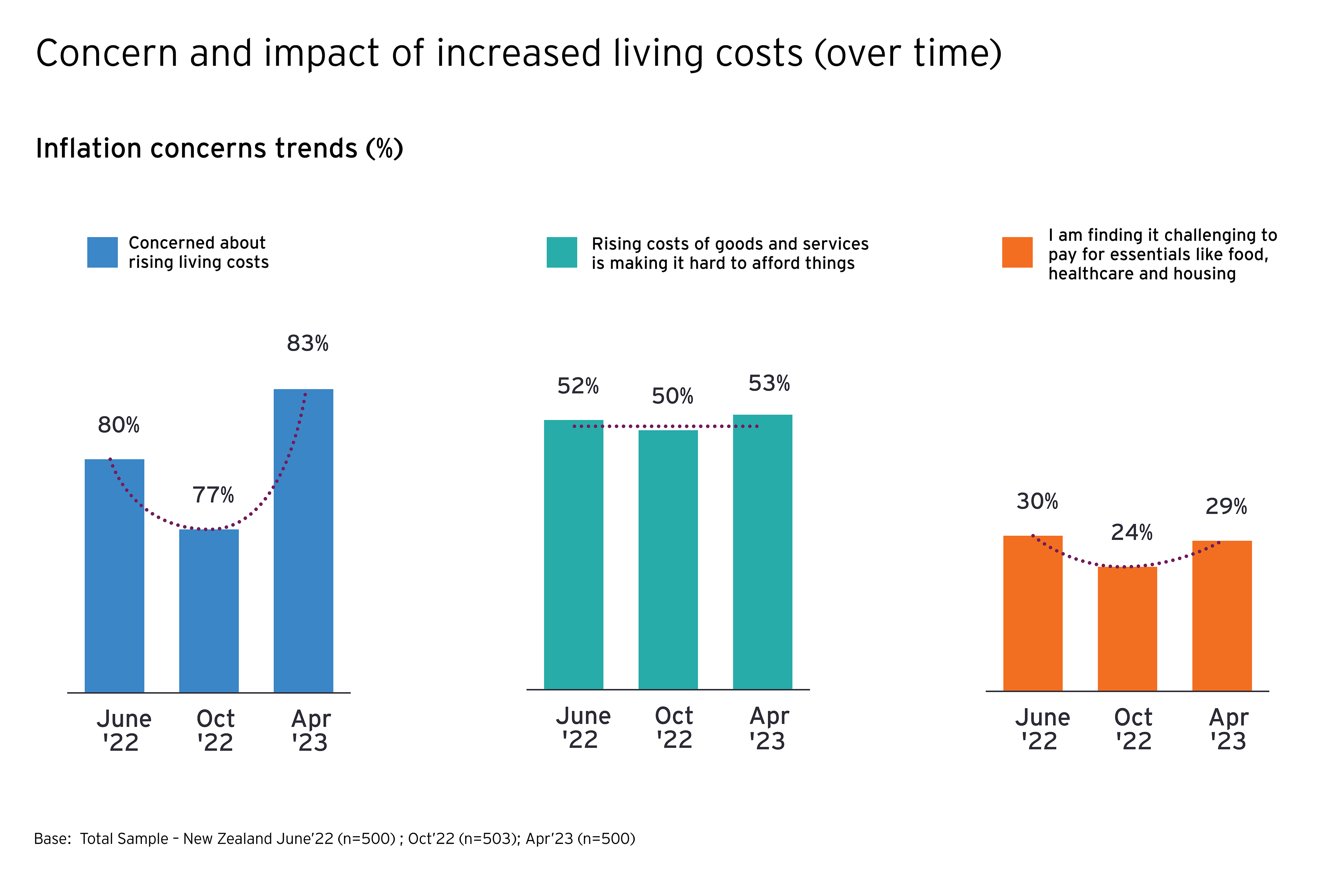Brands must dig deep into their customer needs, behaviours, attitudes and demographics to understand how this will play out with their product portfolio. Customers understand that organisations collect their data; there is now an expectation that this information will be protected, but also that it will be used for their benefit.
For example, at a generational level, 30% of Gen Z consumers told us they would choose a store brand for beauty and cosmetic products, compared with 23% of Baby Boomers, 28% of Gen X and 26% of Millennials. It’s not too late for brands in this category to leverage their data to re-examine their customers and rethink their products. But if you don’t take these shifts seriously, someone else will.
At the same time, customers have caught on to some of the strategies that brands deploy to create perceptions of value without delivering that value. Nearly three- quarters (73%) of Kiwi consumers surveyed felt store brands had increased their prices in recent months and 75% had thought package sizes had been shrinking. More than half (54%) felt a growing cohort of private labels and store brands were charging premium prices.
While the cost-of-living crisis will abate, brands should be prepared for some conservative shopping habits to stick around. Customers who have forged lifelong connections with certain brands may revert to old spending behaviours. However, younger people without the same emotional attachment may never make the switch back unless brands can appeal to emerging customer values around sustainability, ethics and quality of service, as well as price.
2. Create a complete customer experience
New Zealand’s retail sector was late to embrace the online juggernaut or experiential retail – but these are rapidly becoming table stakes for today’s consumer.
Online shopping remains a frustrating experience for many New Zealanders, with expensive, slow or careless delivery responsible for 61% of all issues encountered, according to the EY Future Consumer Survey. (This echoes NZPost’s 2022 eCommerce Market Sentiments Report, which noted delivery delays as the top consumer frustration with online shopping in 2022.)
As more grocery and home delivery players knock on the nation's door, Kiwis are getting a taste of a seamless delivery experience. Some large consumers brands have recognised that a direct-to-consumer channel can deepen their relationships with their customers through direct touchpoints and streamlined delivery. Nike’s decade-long direct-to-consumer success story is one to emulate. After the footwear giant prioritised DTC in 2011, it made up 16% of brand revenues; by 2020, this had climbed to 35%.





